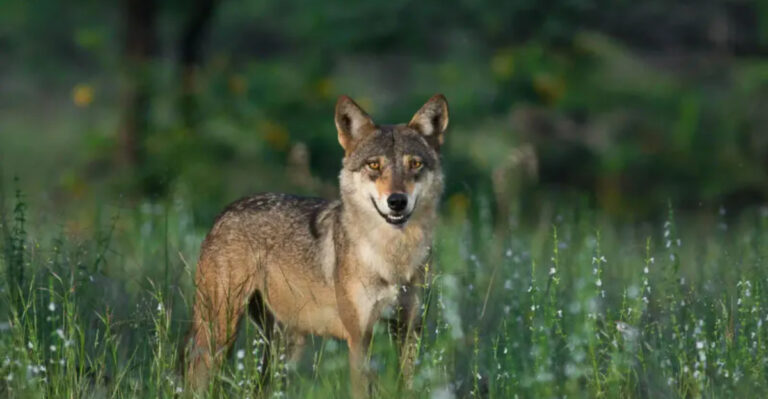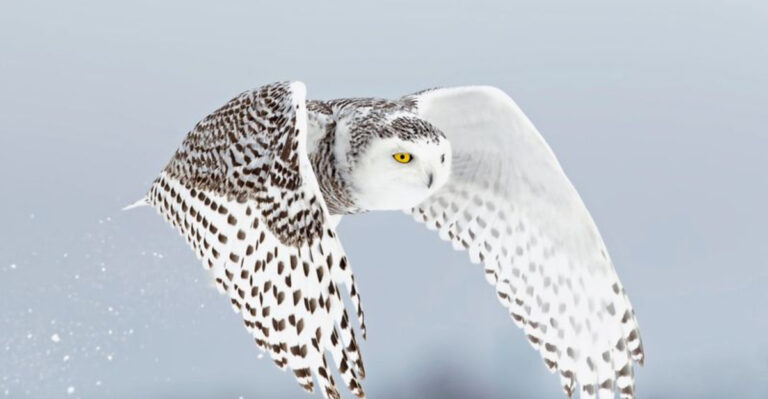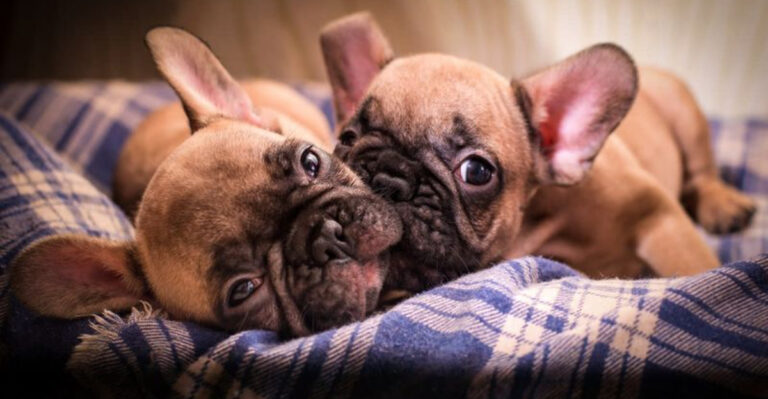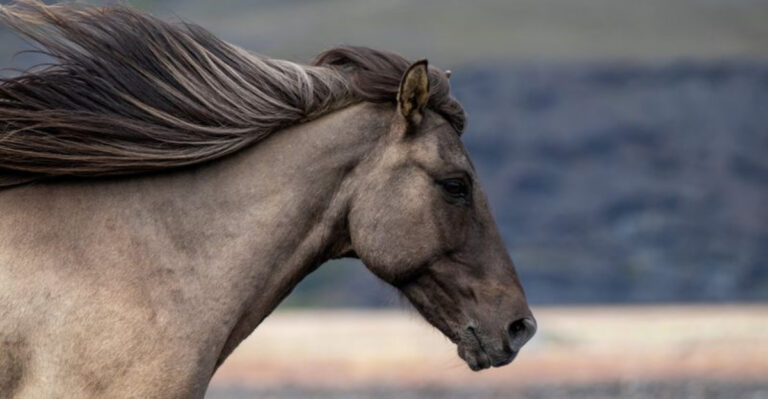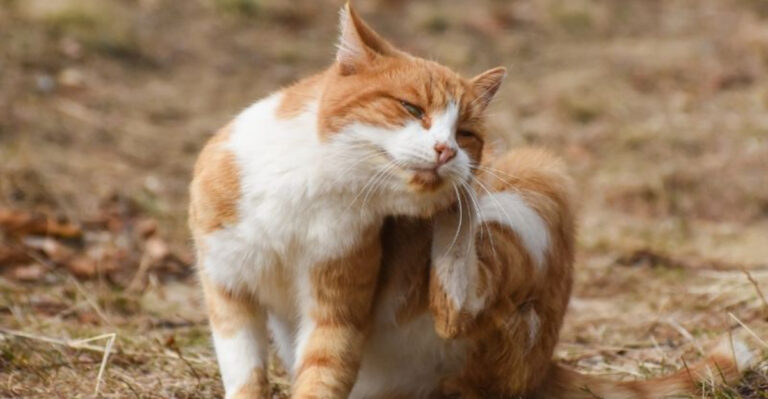14 Stunning White Feathered Birds
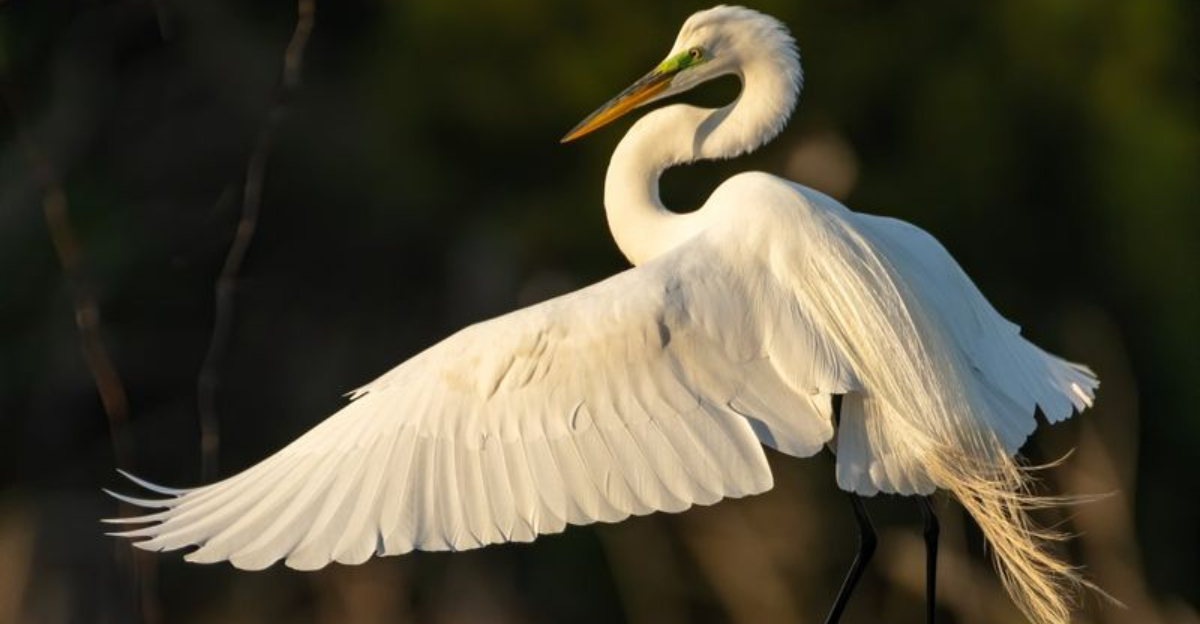
White birds capture our imagination with their pristine plumage that seems to glow against blue skies and green landscapes.
From the majestic swans gliding across still waters to tiny snow buntings fluttering in Arctic winds, these feathered wonders come in surprising varieties. Let’s explore some of the most beautiful white-feathered birds that grace our planet with their elegant presence.
1. Snowy Owl
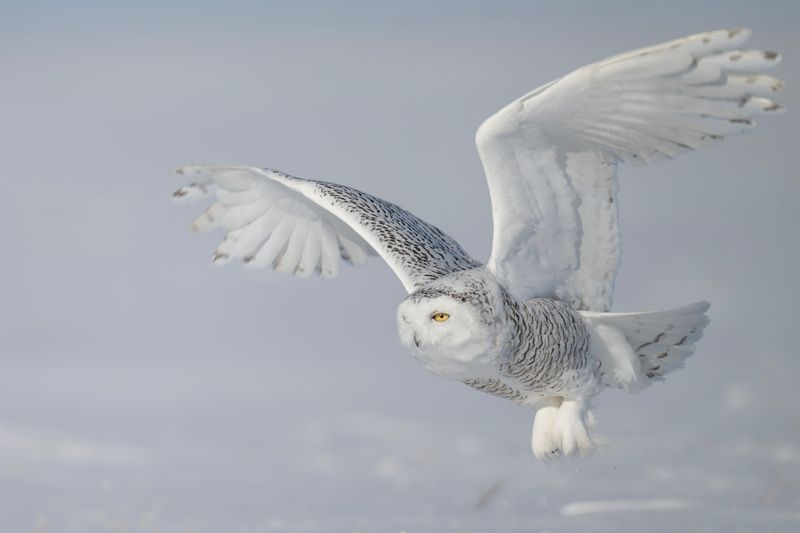
Yellow eyes pierce through a sea of white, making these Arctic hunters unmistakable in any landscape. Males become nearly pure white as they age, while females retain some dark flecking.
Silent wings carry them over tundra in search of lemmings and other prey. Unlike most owls, these magnificent birds hunt during daylight hours in their far northern homes.
2. Great Egret
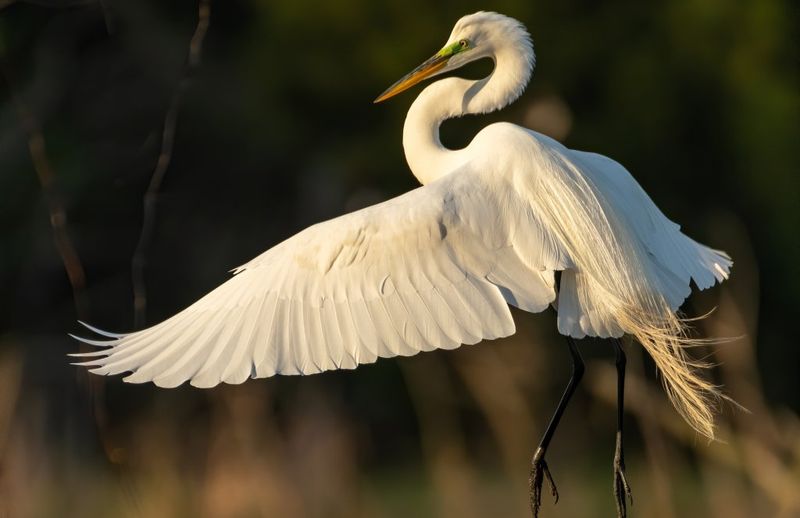
Long, slender legs support an elegantly shaped body adorned with delicate plumes that once nearly led to this bird’s extinction. Fashion-hungry hunters sought these feathers for women’s hats in the 1800s.
Standing motionless in shallow waters, these patient hunters strike with lightning speed when fish swim by. Their graceful flight, with neck folded in an S-curve, creates an unforgettable silhouette against sunset skies.
3. Trumpeter Swan
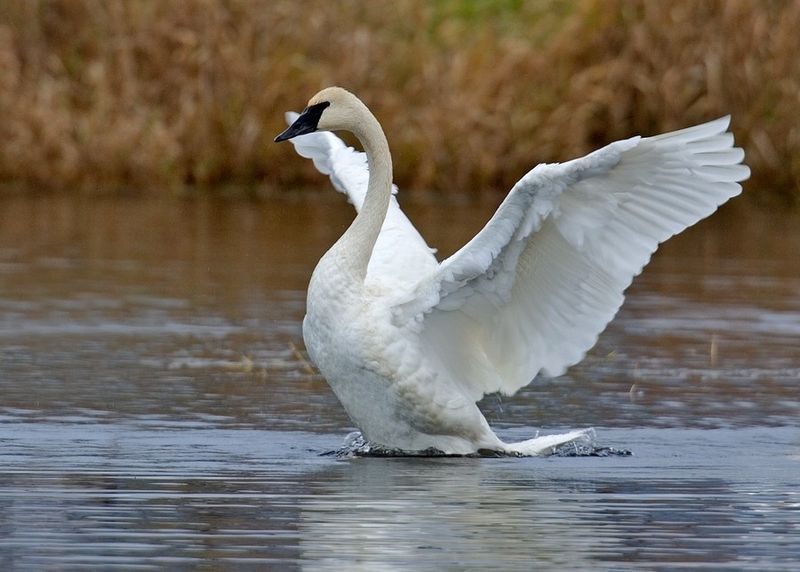
Enormous wingspans make these North America’s largest waterfowl, creating a thunderous sound when taking flight from lake surfaces. Their name comes from the resonant, trumpet-like calls that carry across water.
Breeding pairs form bonds that often last for life, raising cygnets that start gray and gradually transform to white. Once hunted to near-extinction, conservation efforts have helped these magnificent birds recover across parts of their range.
4. White Cockatoo
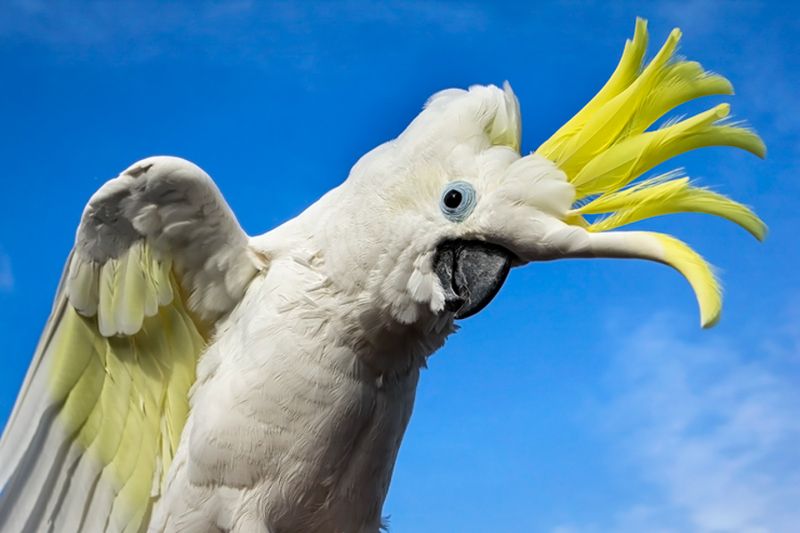
Sulfur-crested showoffs of the bird world raise their spectacular yellow mohawks when excited or alarmed. Native to Australia and nearby islands, these intelligent birds can live 70+ years with proper care.
Famous for their dancing abilities and remarkable vocal mimicry, these social creatures form strong bonds with human companions. Wild flocks communicate with ear-splitting screams that echo through forest canopies.
5. Whooping Crane
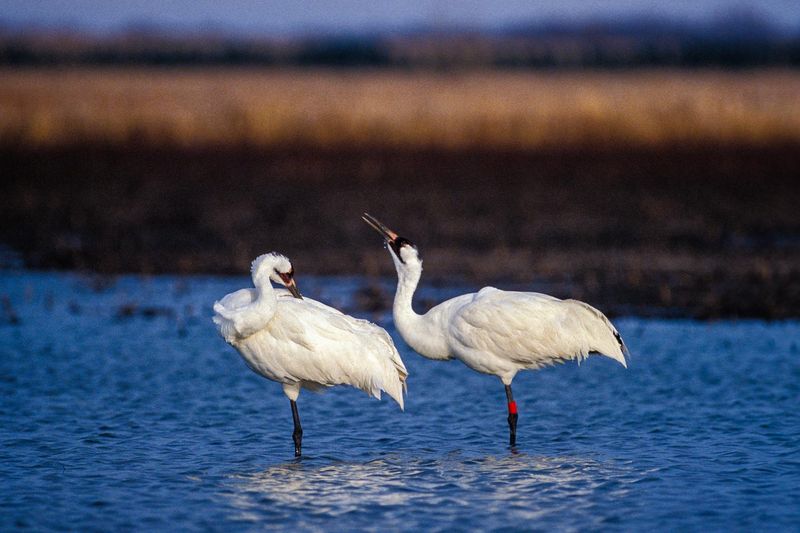
Crimson caps crown these endangered giants that stand nearly five feet tall on spindly legs. Their haunting calls can be heard two miles away, lending them their distinctive name.
Dancing plays a crucial role in their courtship – elaborate hops, wing flaps, and bows strengthen pair bonds. Conservation heroes helped bring these magnificent birds back from just 15 individuals in 1941 to several hundred today.
6. White Peacock
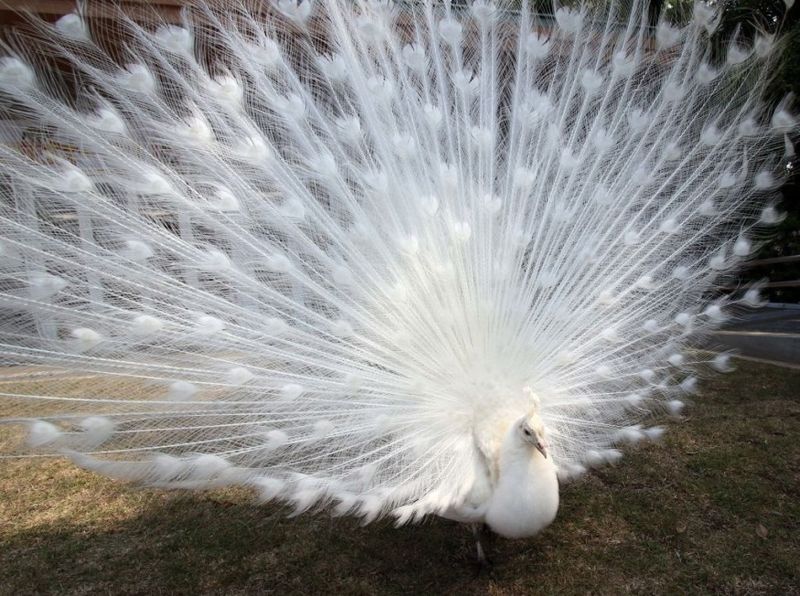
Ghostly fans unfurl in breathtaking displays when males court potential mates. These aren’t albinos but rather leucistic peafowl with a genetic variation that inhibits pigment in feathers.
Each spectacular tail feather retains its eye pattern in subtle white-on-white detail. Breeders carefully select for this rare coloration, making these birds popular in wedding ceremonies and fancy gardens around the world.
7. Snow Goose
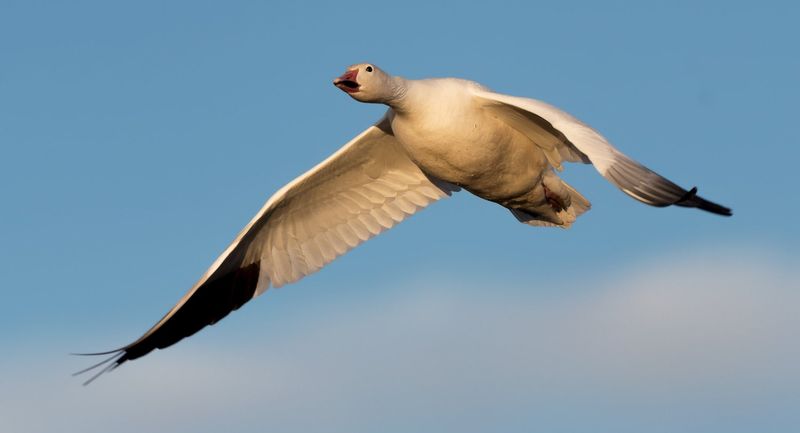
Vast flocks darken skies during migration, creating living blizzards as they travel between Arctic breeding grounds and southern wintering areas. Their distinctive pink bills and black wingtips break up otherwise immaculate white plumage.
Family groups stay together during their first migration, with parents teaching young the ancient routes. A “blue morph” variant exists with gray-blue bodies but the same black wingtips as their white counterparts.
8. White Dove
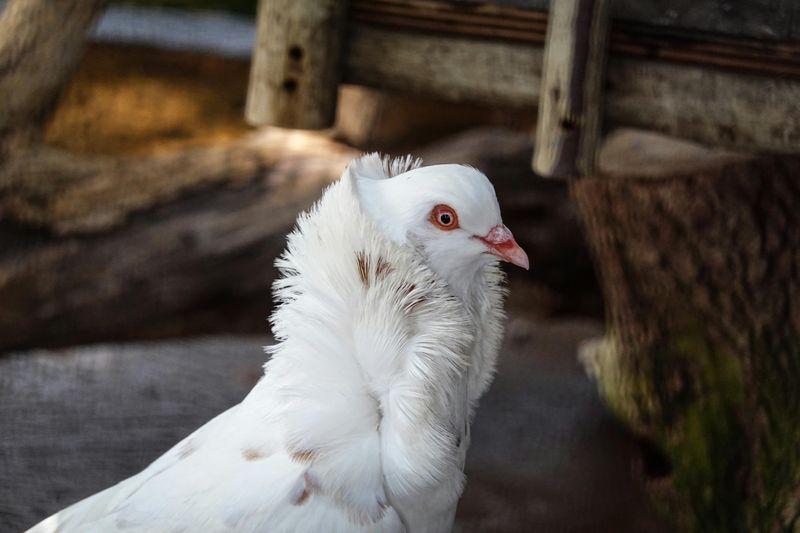
Ancient symbols of peace and purity, these gentle birds have been human companions for thousands of years. Release ceremonies at weddings and memorials highlight their remarkable homing abilities.
Not actually a separate species, these are selectively bred rock doves with white plumage. Their soft cooing sounds create a sense of tranquility in gardens and parks where they often make their homes.
9. White Ibis
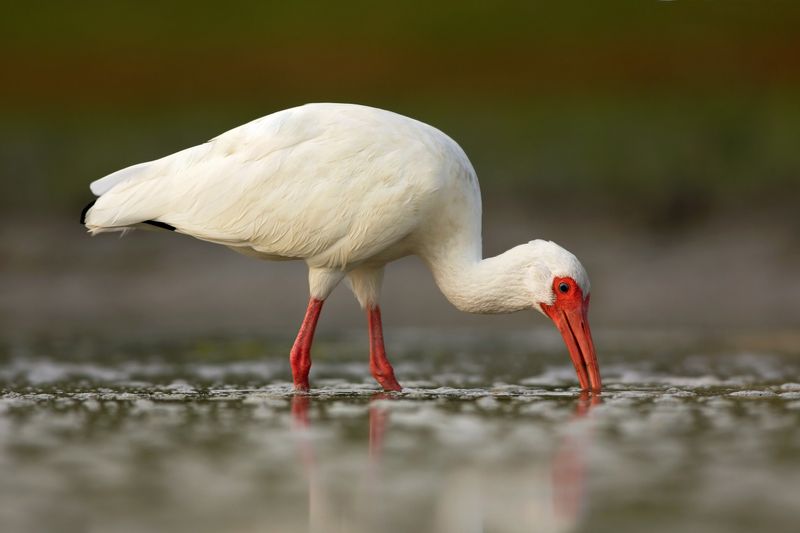
Curved coral-red bills probe mudflats like natural forceps, plucking crabs and crayfish with surgical precision. Flocks create stunning visual displays when they take flight together against blue Florida skies.
Young birds start brown and gradually transform to white as they mature. University of Florida students know these birds well, as they’ve become unofficial campus mascots, strutting across lawns with surprising boldness.
10. Barn Owl
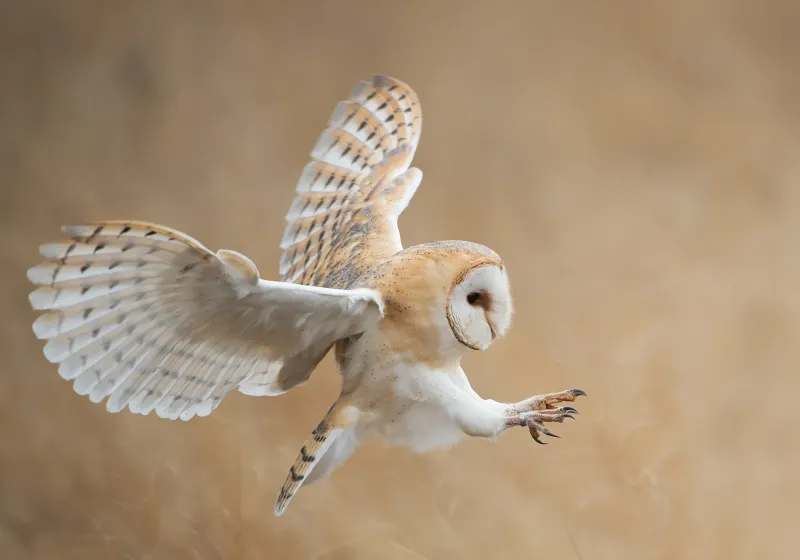
Heart-shaped faces frame dark eyes in these ghostly nocturnal hunters. Their white underparts flash in moonlight while the golden-buff upper feathers provide camouflage during daytime roosts.
Silent flight comes courtesy of specialized feather edges that break up air turbulence. Farmers welcome these efficient rodent controllers – a single family can consume over 1,000 mice in one breeding season!
11. White Tern
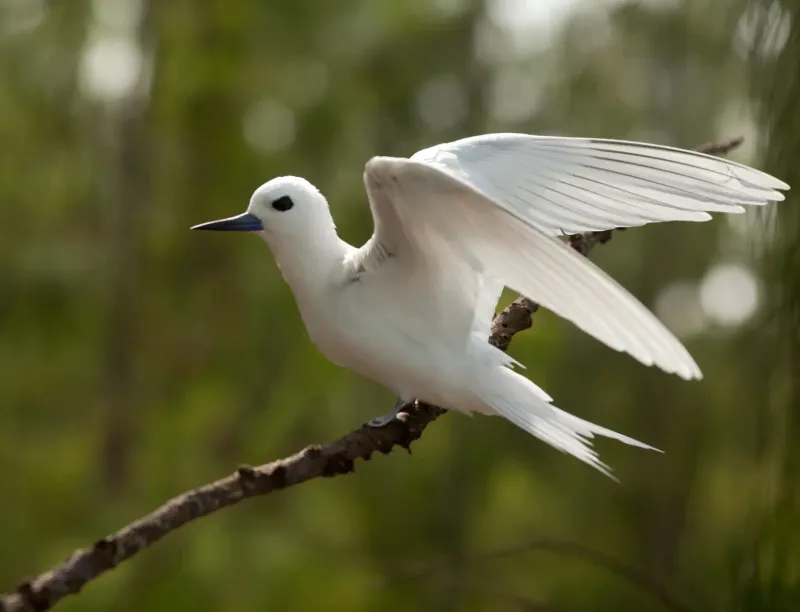
Ink-dipped beaks and enormous black eyes create striking contrast against snow-white plumage. These tropical seabirds perform the seemingly impossible – laying eggs directly on bare tree branches without building nests.
Parents take turns incubating the precariously balanced egg, somehow preventing it from rolling off. Chicks develop strong feet early, clinging to branches while parents deliver small fish, often carried whole in their beaks.
12. Cattle Egret
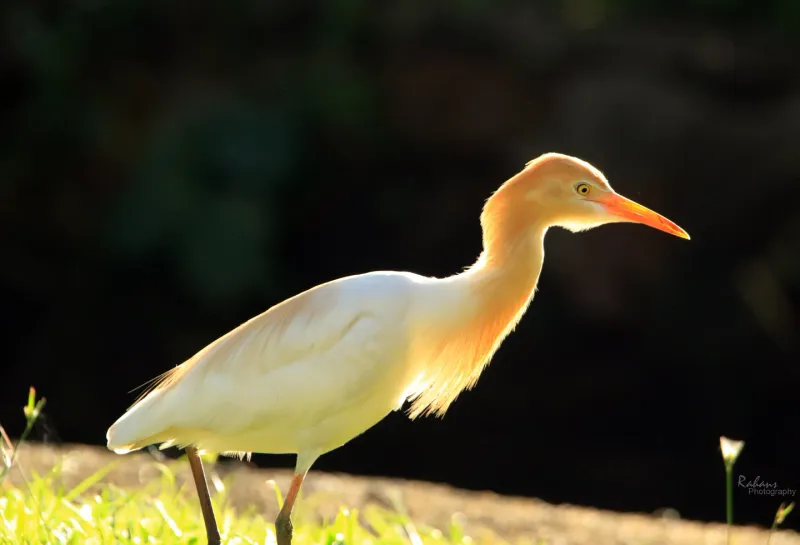
Golden plumes crown these farmland favorites during breeding season, contrasting with their otherwise pure white feathers. Originally from Africa, they’ve naturally expanded worldwide by following grazing animals that flush insect meals.
Fearless riders hop onto the backs of cattle, water buffalo, and even elephants to snatch disturbed bugs. Their global conquest happened without human introduction – just smart birds following food opportunities across continents.
13. Mute Swan
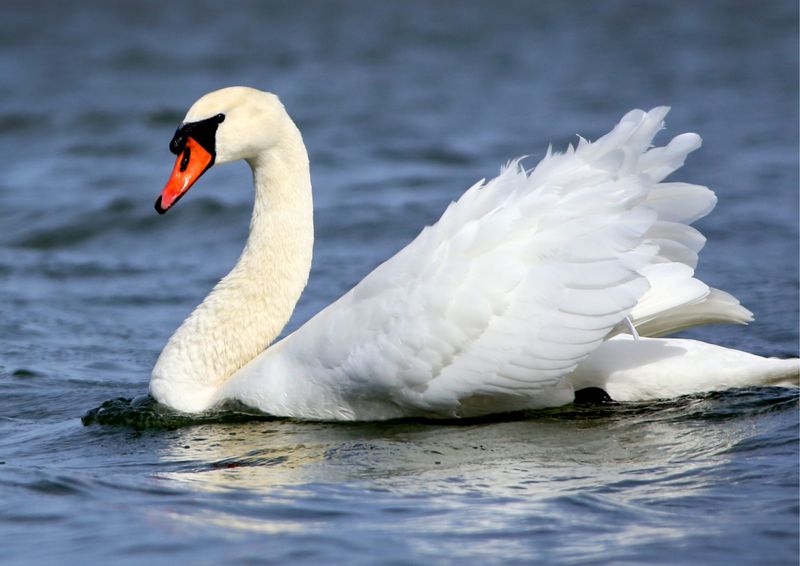
Orange bills with distinctive black knobs identify these European natives that inspired countless fairy tales. Despite their name, they aren’t silent – hissing threats and soft grunts communicate with family members.
Powerful wings can break a human arm when defending cygnets, making them formidable parents. Their elegant S-curved necks and heart-shaped wing positions during mating displays have made them symbols of romance throughout history.
14. Ivory Gull
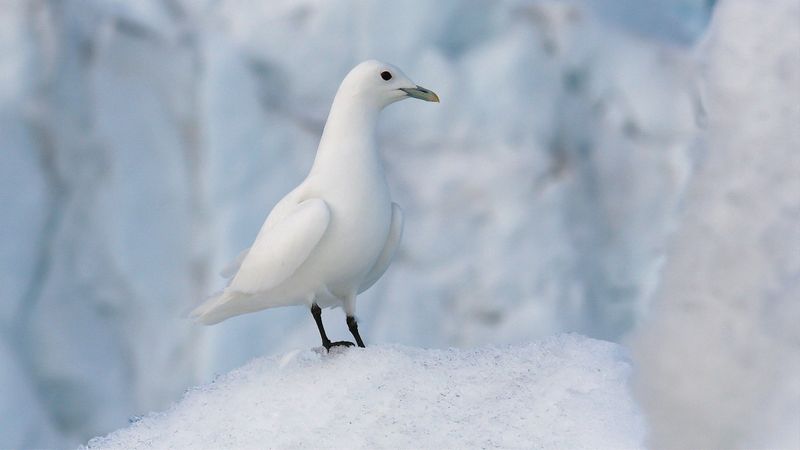
Arctic specialists rarely seen by human eyes, these birds nest on remote cliff faces in the High Arctic. Their completely white plumage blends perfectly with ice and snow landscapes where they hunt and scavenge.
Black eyes, legs, and bills create stark contrast against feathers as white as their namesake material. Climate change threatens their specialized lifestyle as sea ice diminishes, reducing access to their preferred hunting grounds.

